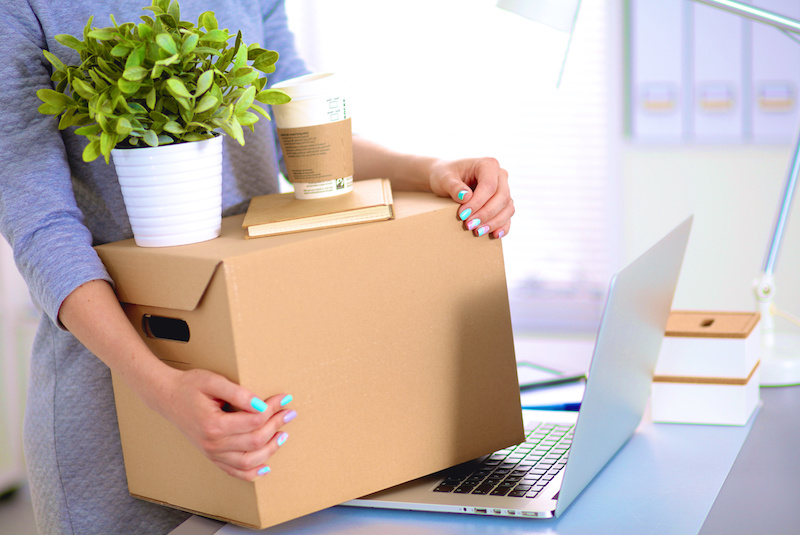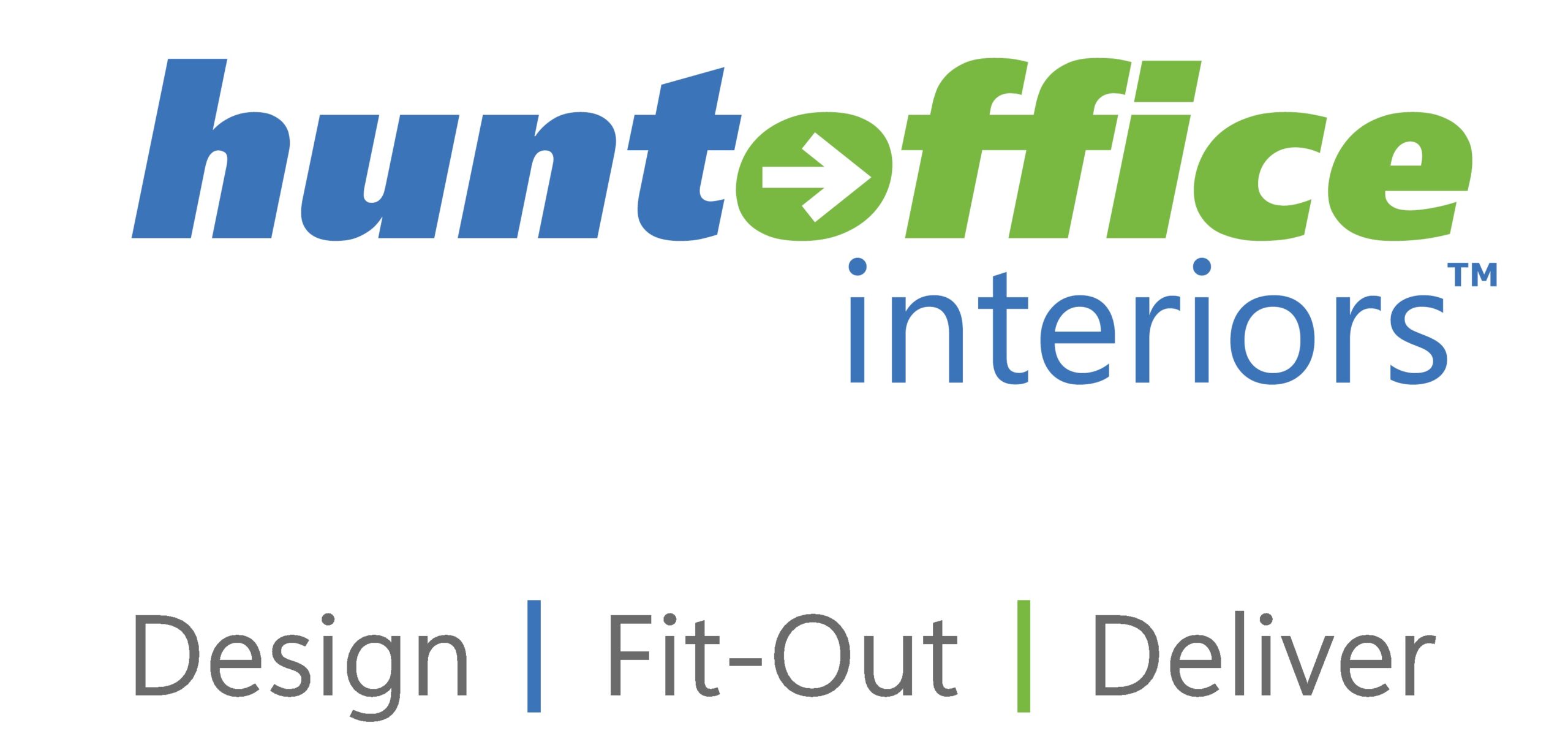10 Tips for a Stress Free Fit-Out
They say that moving is one of the most stressful things you can do and the same can be said for your office fit out.
But where do you start? Whether you’re re-locating to a new building or just improving your current premises, you want it to go ahead with the minimum of fuss.
Here are 10 Top Tips for a stress free office fit-out.

1. PLAN AHEAD
Even the smoothest of moves is going to have issues so set some realistic deadlines.
You may want to stay put in your current premises and make better use of your space. If you are moving then give yourself plenty of time to organise the installation of your phone lines, broadband and any other technical requirements. What you don’t want is to move in and then discover that you have problems with your internet access or telephones.
Make sure you set a date for your Telecomms to be installed as early as possible.
2. FIND THE RIGHT PARTNER
You need a fit-out partner who’s the perfect fit for the job. Meet up with them to find out whether you feel comfortable with their style, visit their premises to see the quality of their work and ask to visit some of their previous jobs, look into their reputation within the industry, check that they have experience within your sector and are able to understand how your business works, test their knowledge on the latest legislation and regulations and ask for their advice on Health & Safety. You’ll know instinctively whether you can work with someone but finding out as much as you can about them is never a bad thing.
Make sure you’re 100% happy with your chosen contractor.
3. FIT-OUT CHAMPION
Nominate someone who can manage the project “in your business”, oversee the office design and keep staff updated. Everyone needs to feel motivated and informed and it’s always easier if there’s one person who can answer any questions and provide feedback for any concerns that staff might have.
Make sure you allocate a Fit-Out Champion.
4. IT’S THE LITTLE THINGS
Focus on the detail and make a comprehensive list of everything from the smallest job to the largest. Failing to sort out something as inconsequential as getting enough bins for the office could slow things down later, and even cost the company money.
Make sure that you don’t lose sight of the small things.
5. THE SMALL PRINT
Get out your magnifying glass and double check all legal issues. Check your existing lease terms. Are you moving to a listed building? Is it within a conservation area? You may need to take this into consideration. Do you need to obtain landlord’s consent for alterations? If so, this will need to be gained in advance of works commencing on site.
Make sure you check your lease terms and assess the status of the building.
6. MONEY MONEY MONEY
You’re in a Catch 22 when it comes to setting a budget. Until you know what you want it’s hard to know how much you need. This is likely to be a big investment, one that only comes along every 5-10 years or so, therefore it’s important to be realistic with your budget. Don’t forget, this is also your opportunity to create a culture within the business and communicate the brand through the design of the office fit-out.
Make sure that you get estimates for everything (even the kitchen sink)!
7. DECLUTTER
Moving your office, or changing its layout, is a perfect opportunity to take a long hard look at your storage needs. Do you really need more? Does Jo in accounts use all of the shelves in that massive storage unit? Are your staff making the best use of their desk space? This is your chance to decide if you’re making the best use of space and give your office a bit of a clear out.
Make sure you take a serious look at your storage needs.
8. TO RE-USE OR NOT TO RE-USE
That is the question. Would you like new furniture or are you planning on using the modern office furniture you already have? If the desks and chairs are still in good condition, then maybe consider replacing furniture in front-of-house areas only so that it looks fresh and up to date. If you are going to re-use existing furniture, then a detailed survey of relevant items will need to be produced so that the furniture can be re-planned into the new layout. You’ll need to factor the cost of this into your budget.
Make sure you have a clear idea about what is being re-used or replaced.
9. OUT OF OFFICE
There may be a point during the fit-out work where staff are unable to operate from the office for Health and Safety reasons or because the IT / Phone systems aren’t up and running. What is the solution? Remote working from either a temporary office or maybe at home? You need to look at all eventualities and have a plan so that if the worse should happen it’s not an unpleasant surprise.
Make sure you have a plan for temporary working.
10. CHECK AND DOUBLE CHECK
It may seem obvious, but you should check that everything in your new premises is in working order both prior to the contractor commencing works and then again on final occupation once fit-out works have been completed. Do all the windows open and close properly? Does the back door shut correctly? Are the toilets flushing as they should? Are any of the ceiling tiles water stained? Have you got all the keys? Does the alarm set as it should? Who has the alarm code? Have you got all the keys? Who has the code for the alarm and how is it activated/de-activated?
Ensuring that your systems are up and running in a new office can make the difference between a good move and a bad move.
Make sure you check and double check all your systems.
Now that all the hard work is over, and you have a new office to show off, you should celebrate the fact! Arrange a party to invite clients to view your new office. Inform as many people as possible by spreading the word on Social Media. Tweet it, share it and enjoy it!
For more advice on moving or refurbishing your office, contact one of the team today – interiors@huntoffice.ie or view our clients projects https://huntofficeinteriors.ie/projects/
Blog via www.paramountinteriors.com
